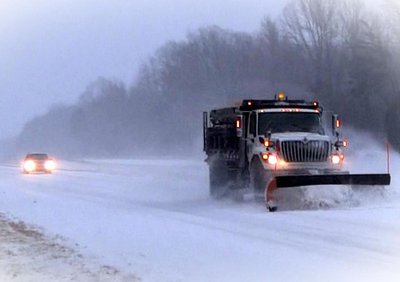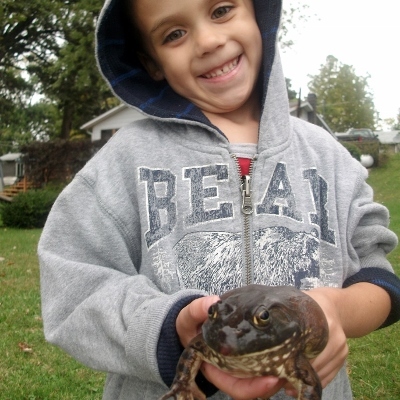 How are your teen’s winter driving skills? Teenslearntodrive.com notes that with summer break seeming like the natural time for teens to take their road tests, many of them get licenses without ever driving in winter conditions. So maybe it’s time to make sure (in a low key way) that they know everything they need to in this season. (Last winter I wrote about some of the more counter-intuitive winter safety facts here.)
How are your teen’s winter driving skills? Teenslearntodrive.com notes that with summer break seeming like the natural time for teens to take their road tests, many of them get licenses without ever driving in winter conditions. So maybe it’s time to make sure (in a low key way) that they know everything they need to in this season. (Last winter I wrote about some of the more counter-intuitive winter safety facts here.)
No doubt your teen is already aware that you want to know where they’re driving and when they expect to be back. They probably also know they should have an emergency kit in the car. They may even have practiced winter driving in a safe, quiet place to get used to what it feels like. But here’s some of what they may have missed, gathered from specialists in this field.
- Engine coolant can freeze — and expand — cracking parts of the car engine or breaking the radiator. Car insurance provider Metromile recommends checking the coolant for freezing in cold weather.
- Moisture in the gas lines can also freeze. But keeping the gas tank at least half full can prevent this, according to AAMCO transmission specialists. Simple, if not exactly cheap.
- Cold weather can make tire pressure drop, and that can make a car harder to handle. Autotrader reports tires can lose up to a pound per square inch every time the temperature goes down 10 degrees. Make sure your teen knows how to check tire pressure. At least putting air in them is free!
- What kind of brakes your car has and how to use them. The National Highway Traffic Safety Administration says, “In general, if you have antilock brakes, apply firm, continuous pressure. If you don’t have antilock brakes, pump the brakes gently.â€
- How to handle skidding. NHTSA advises drivers to “stay calm and ease your foot off the gas while carefully steering in the direction you want the front of your vehicle to go†— not the direction it’s accidentally going. The agency notes this may take a lot of steering, and you should stay off the pedals till you’re in control of the car again.
- Animals sometimes crawl up inside the front of a parked car for shelter at night. Sometimes it’s a wild animal, sometimes the neighbors’ cat — or your own. Banging on the hood before you get into the car should get rid of any uninvited guests before they can get hurt.










